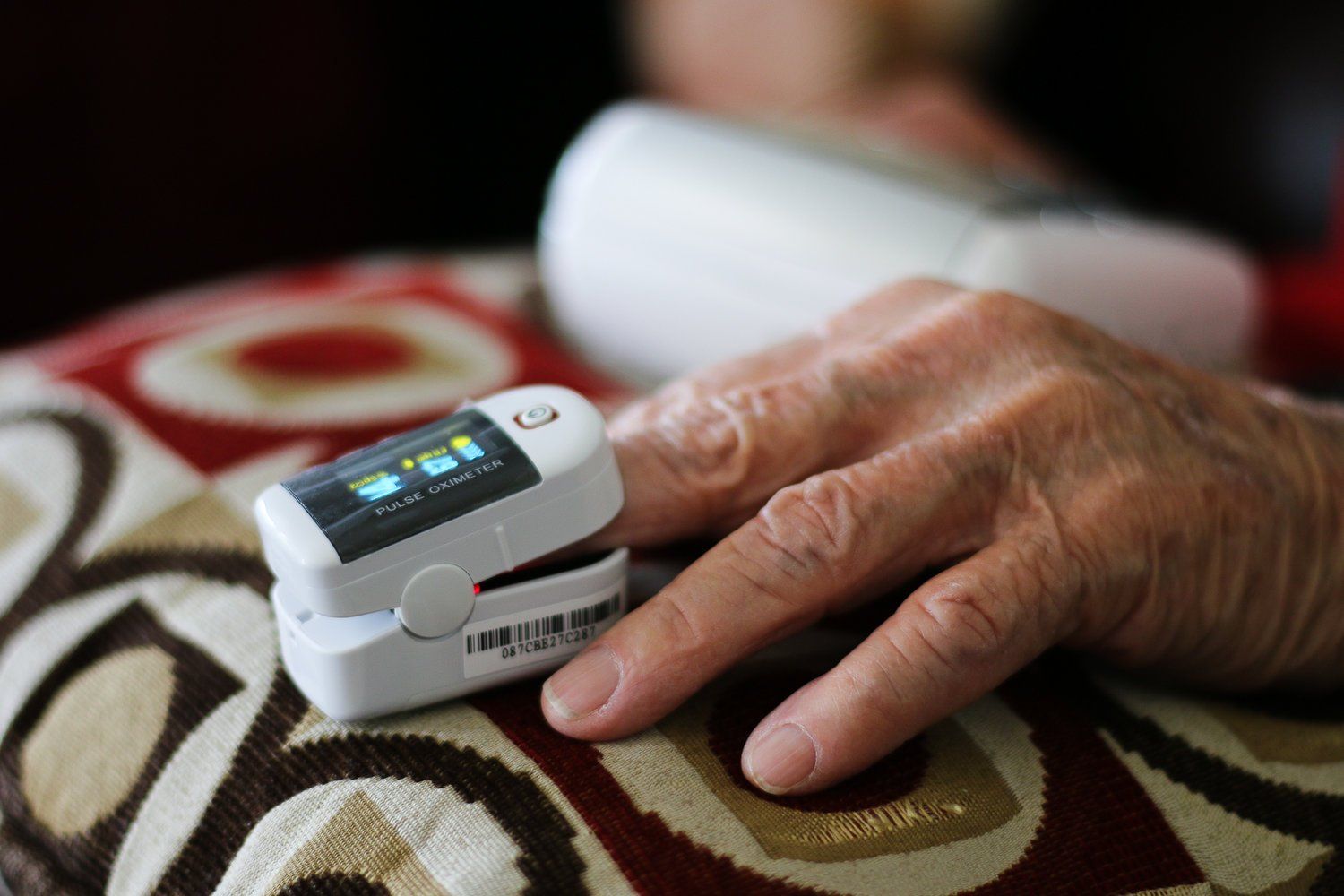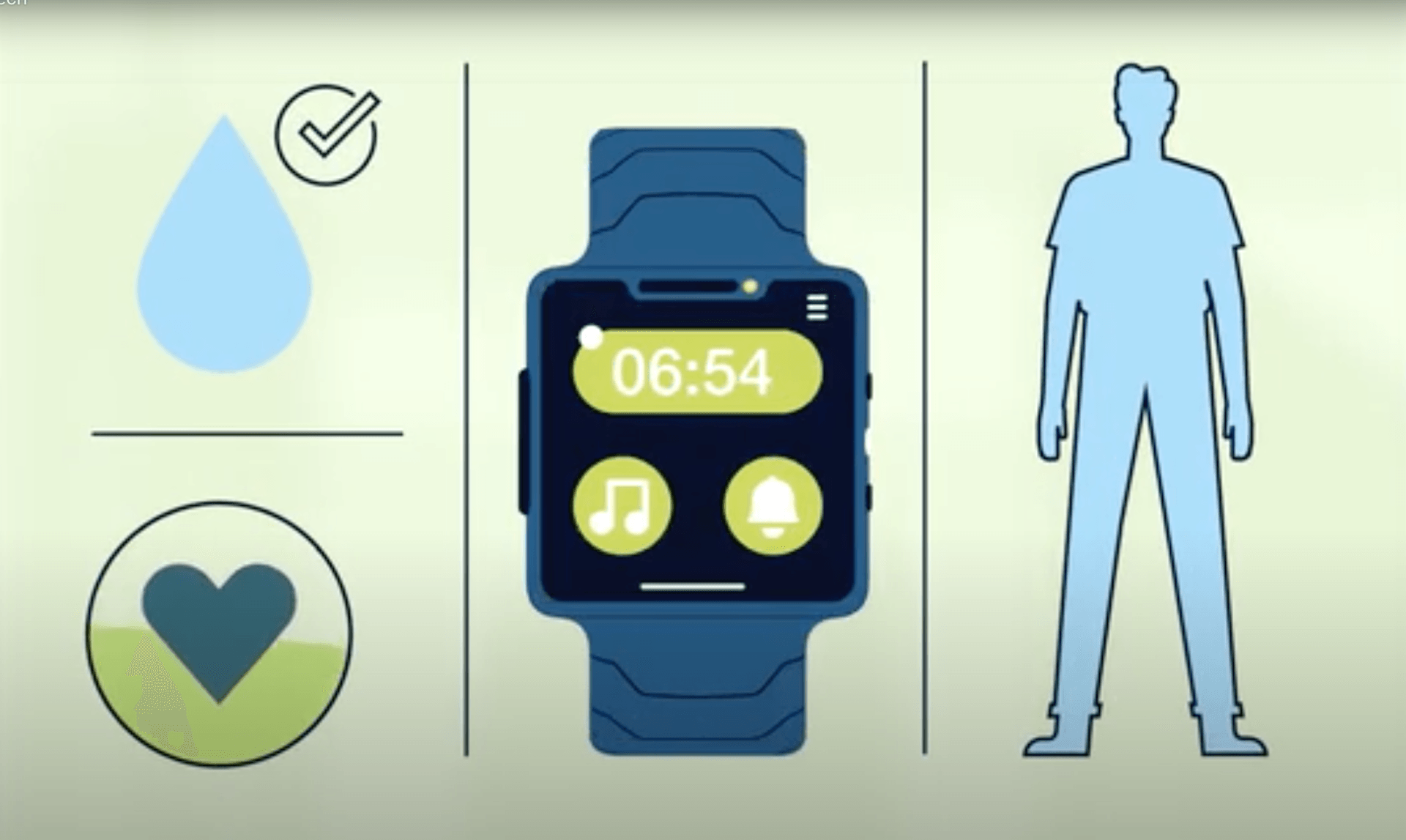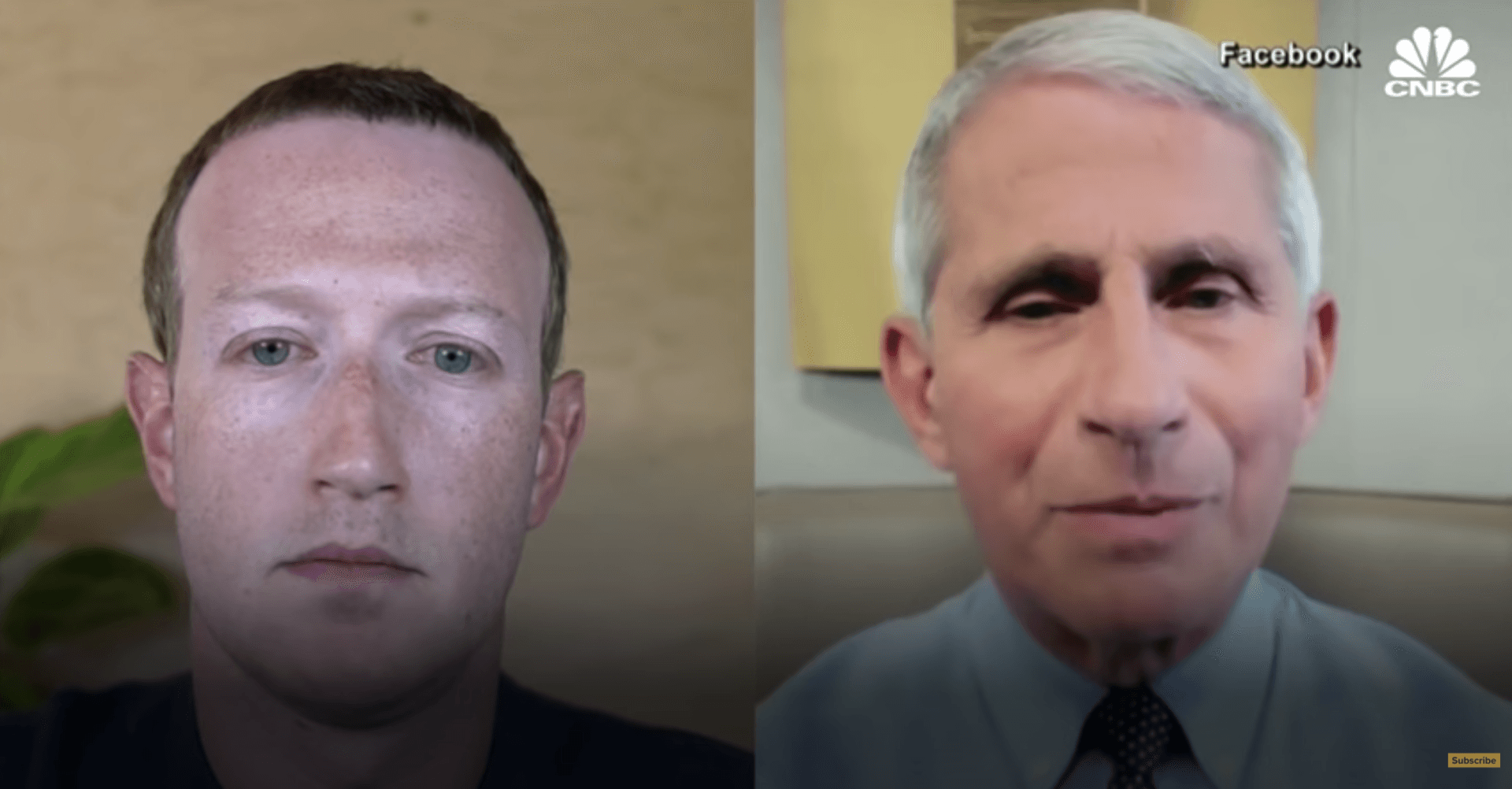Doctors & Patients Turn To Telemedicine In The Coronavirus Outbreak
Reed Abelson • March 22, 2020
Doctors & Patients Turn To Telemedicine During Coronavirus Outbreak
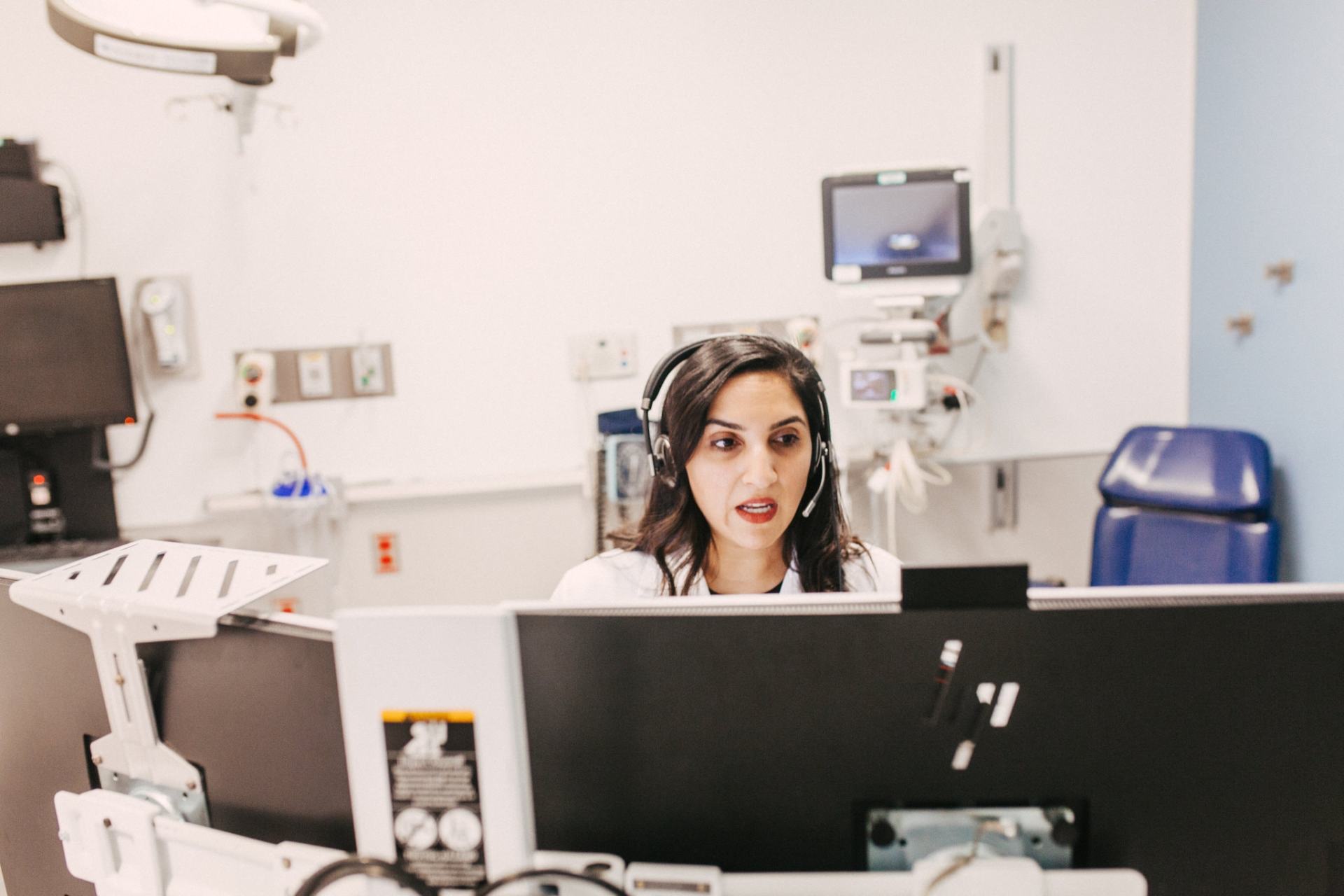
The use of virtual visits climbs as a way of safely treating patients and containing spread of the infection at hospitals, clinics and medical offices.
The man had recently traveled, including a brief stop in Tokyo. He had a fever and cough about a week ago, but was now feeling fine.
He called the virtual medical line set up by Rush University Medical Center in Chicago recently to help screen patients for coronavirus.
“He said all the right buzzwords: cough, fever, fatigue,” said Dr. Meeta Shah, an emergency room physician at Rush.
After talking with him, Dr. Shah did not think he needed to be admitted but referred him to the city’s health department.
Rush and other large hospitals across the country are quickly expanding the use of telemedicine to safely screen and treat patients for coronavirus, and to try to contain the spread of infection while offering remote services.
“This is a kind of turning point for virtual health,” Dr. Shah said. “We’re actually seeing how it can be used in a public health crisis.”

The weakness of the present healthcare system revealed by the Covid-19 crisis, along with the rise in chronic diseases associated with lifestyle changes and a rapidly aging population worldwide will shape the future of healthcare. Next-Generation Research Analyst Dr. Damien Ng took a close look at recent developments in digital healthcare, genomics, and extended longevity.
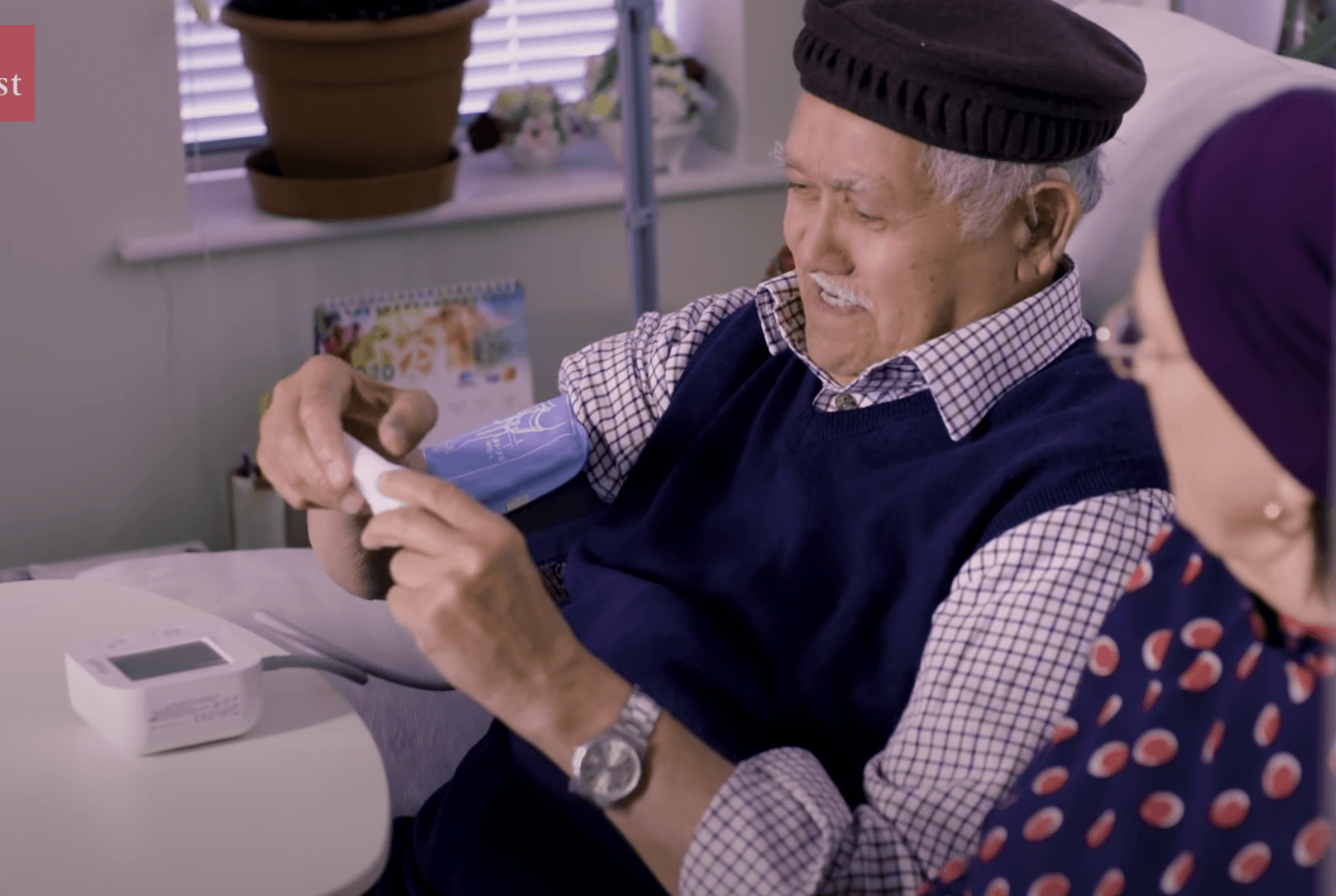
The COVID-19 pandemic has affected many elderly from receiving proper care. It has further highlighted problems faced by the elderly with dementia and chronic diseases
In this video presented by The Economist, watch how COVID-19 pandemic has impacted the elderly and how we can strive to improve the efficiency for elderly and chronic care with the rise of remote patient monitoring technology.

Improvements in technology and changes to insurance reimbursement rulings have helped increase the acceptance of telemedicine. Without it, doctors and therapists wouldn’t be able to connect with patients as easily, especially during the pandemic.
As telemedicine has become widespread, professionals and patients have grown more comfortable connecting virtually. Telemedicine isn’t meant to take the place of face-to-face visits. While it does have some disadvantages, which we’ll get into later, its benefits are undeniable.
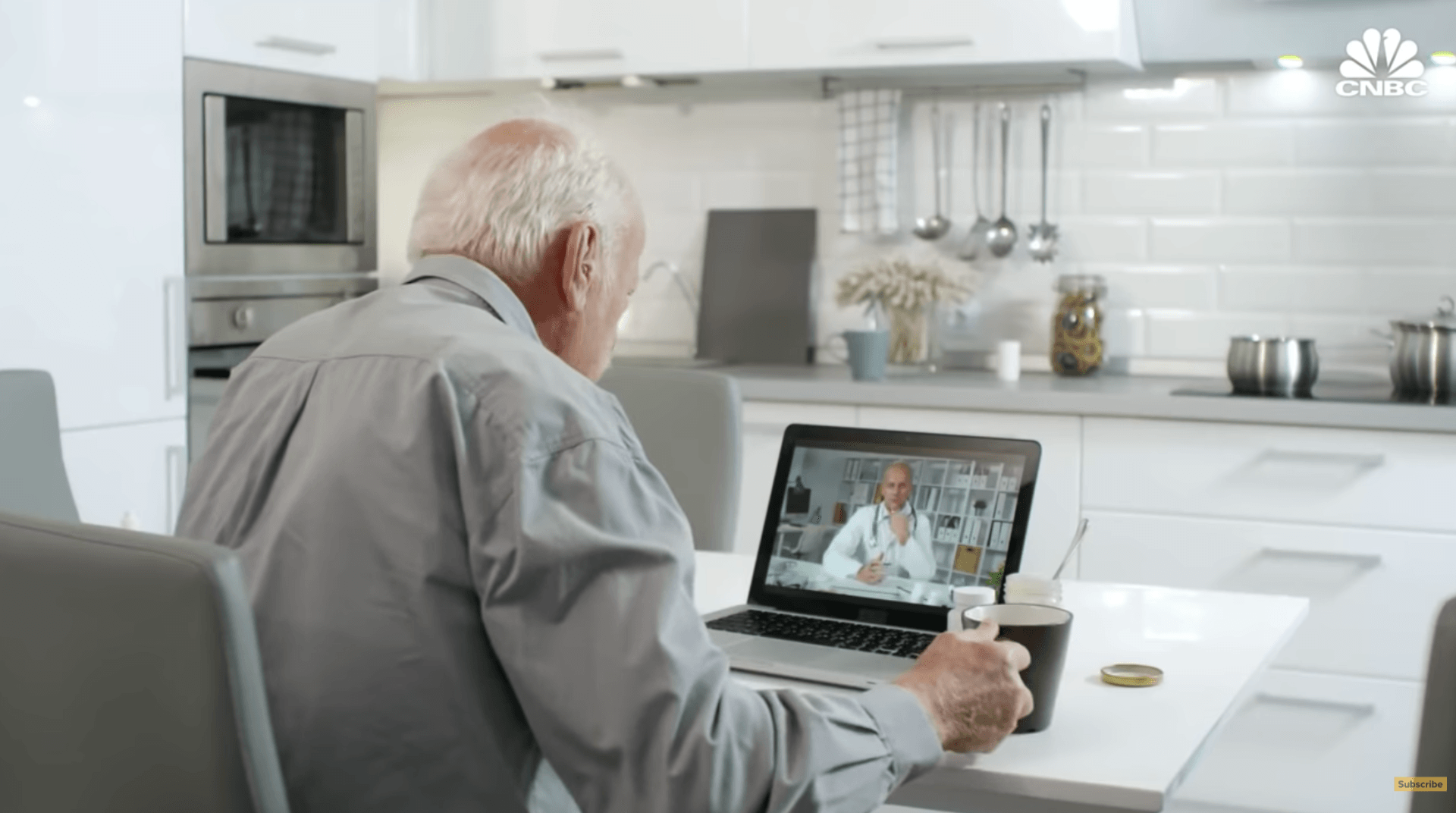
Telemedicine termed a 'silver lining' of the coronavirus pandemic. This time, it might just be true.
Telehealth use surged from 8% of Americans in December to 29% in May as primary care, mental health and specialists turned to remote care out of necessity during the COVID-19 pandemic, according to a UnitedHealth Group report.




